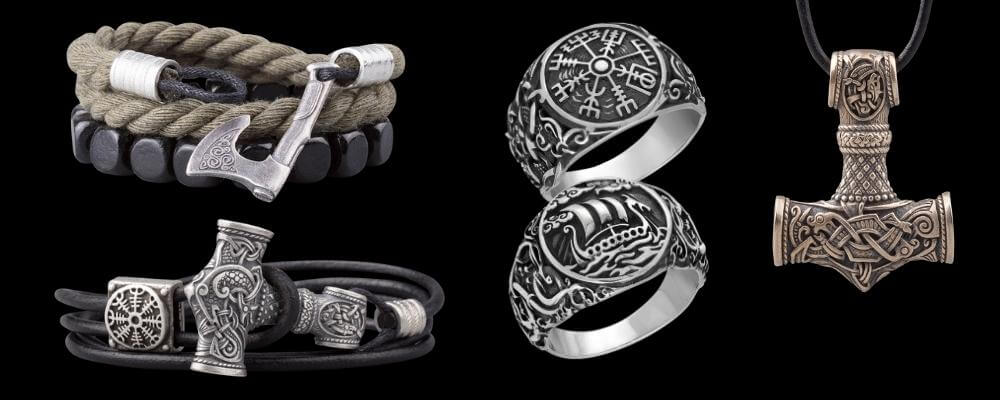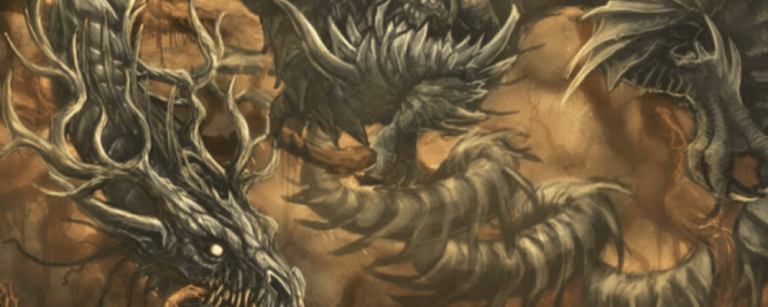In Norse mythology, the dragon Nidhogg is one of the many creatures that dwell within Yggdrasil, the World Tree, that holds together the Norse cosmos.
But considering that dragons are always creatures of fear and menace in Viking stories, what does Nidhogg represent in Norse cosmology?
The Norse Cosmos
The Norse cosmos centers on the mighty ash tree called Yggdrasil. Its branches extend far up into the heavens, and its three mighty roots extend down into three wells which nourish the tree and its worlds.
Located within Yggdrasil are the nine worlds of Norse mythology, including Asgard, the world of the Asgardian gods somewhere in the high branches, Midgard, the world of men somewhere around the middle of the tree, and Helheim, the realm of the dead, located down among its roots.
Several animals also live within the tree, outside the individually contained worlds. An unnamed eagle lives among its highest branches, several stags roam around the tree eating its foliage, and Nighogg lives among its roots.
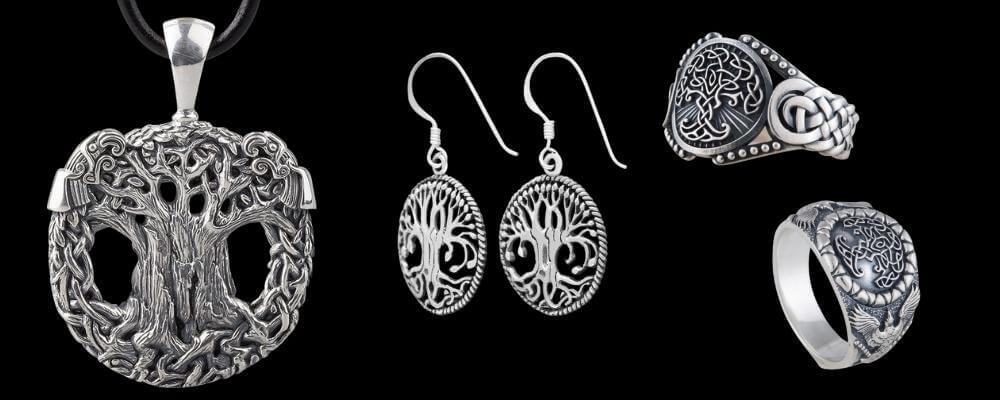
Malice Striker
There is no question that Nidhogg was a fearsome creature in Norse mythology. His name means “curse striker” or “he who strikes with malice” in old Norse. The term Nid in Old Norse was used to refer to things that are without honor.
Nidhogg was a great serpent or a mighty dragon, as the Vikings did not distinguish between the two types of beasts. It is also uncertain whether we would classify Jormungandr, the Midgard Serpent, as a sea snake or a dragon.
Nidhogg lives among the roots of Yggdrasil, which may also hold him a prisoner there, preventing him from venturing up the tree and causing havoc in the higher worlds.
However, the snake does have an ongoing feud with the eagle that lives at the top of the World Tree. A squirrel called Ratatoskr runs up and down the tree carrying malicious messages between the two.
The dragon gnaws on the roots of the tree, probably in an attempt to escape his prison. This also causes great damage and pain to Yggdrasil, and if he manages to gnaw through the roots, Nidhogg may be able to pull all the worlds of the Norse cosmos back into chaos.
Nidhogg and the Underworld
According to one poem, Nidhogg actually dwells in the world of Niflheim, which is located at the base of Yggdrasil and is sometimes conflated with Helheim, the underworld.
The Vikings believed in more than one afterlife. They believed that warriors who died bravely in battle received an elevated existence after death. They might be taken by the Valkyries to live in Valhalla, Odin’s hall in Asgard. There they would feast and fight until they were called on to fight again alongside the gods in the final battle of Ragnarok. They could also be taken by Freya to live in Folkvangr, a beautiful meadow that offered a similar paradise.
Helheim was an afterlife for everybody else, anyone who did not die bravely by the sword (or axe, or spear), not just the wicked. This realm is ruled over by Hel, a giantess who is half dead and half alive and is a daughter of the trickster Loki.
But within Helheim, there may be a place called Nastrond, where those found guilty of the worst crimes, such as murder, adultery, and oath-breaking, find themselves. According to the Voluspa, this is a grand hall woven from the bodies of serpents dripping venom, so that rivers of venom run through the hall.
It also says that Nidhogg feeds on the corpses of the men that find themselves in this worst of all afterlives.
However, it must be said that many scholars suspect that this idea of a lower realm of hell for the wicked doesn’t appear in contemporary Viking sources or seem to be consistent with Viking beliefs. They suspect that this idea was added by later Christian authors in order to make the Norse cosmos align more closely with the Christian view of the world.
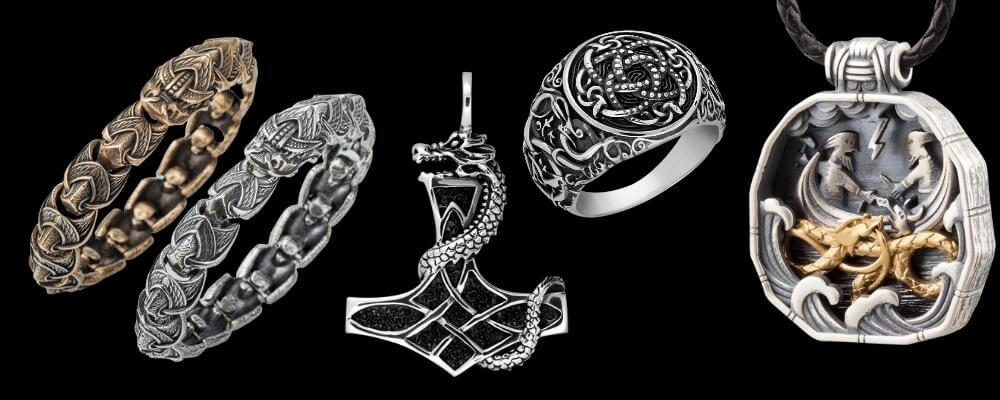
Nidhogg and Ragnarok
Considering the important position of Nidhogg as a force of menace and chaos in the Norse cosmos, we might expect him to play an important role in the events of Ragnarok, the Norse apocalypse, but very little is said about him.
One source describes him as flying our from beneath Yggdrasil at Ragnarok, presumably to join the destruction of the Asgardians, but this is not specifically stated anywhere.
Presumably, the earthquakes that shake the cosmos prior to Ragnarok allow Nidhogg to escape his prison among the roots of the tree. Or perhaps, Nidhogg finally chewing through an important root contributes to the natural disaster that shakes the world.
At the end of Ragnarok, the universe is described as sliding back into the watery void. Perhaps this is the chaos into which Nidhogg wants to drag the universe, and this represents his final success.
But these ideas are just speculation and are not recorded anywhere in the sources.
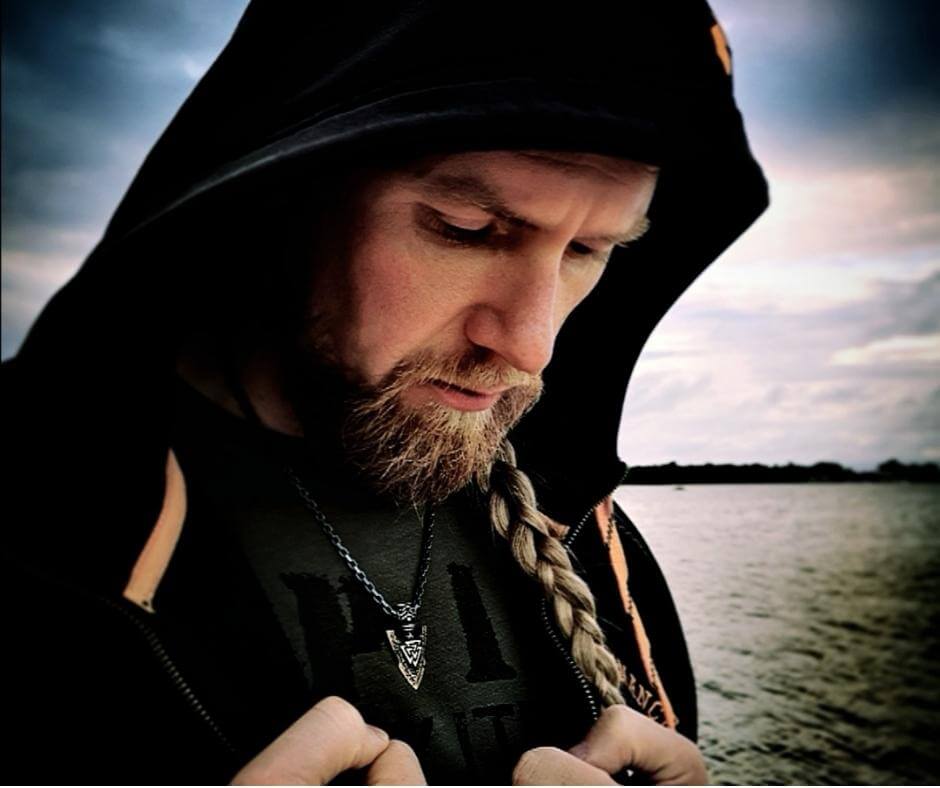
Get Your Handcrafted Jewelry
Necklaces, Bracelets, Pendants, Rings
Get -5% Off using code ” B5 “
Images of Nidhogg
There are no contemporary Viking representations of Nidhogg to tell us any more about this serpent. Unlike Jormungandr, who seems to have been depicted regularly, we never see Nidhogg.
Modern representations take the image of Jormungandr, as an elongated serpent whose body twists around itself to make patterns, and places it among the roots of Yggdrasil to represent the malice striker.
But it appears that the Vikings either could not or chose not to represent this force of malice.
The Big Bad
Considering his resume, it is no surprise that Nidhogg is often used as a big bad boss in any video game featuring the Norse gods.
But what do you think about Nidhogg? What do you think he represented to the Vikings?
